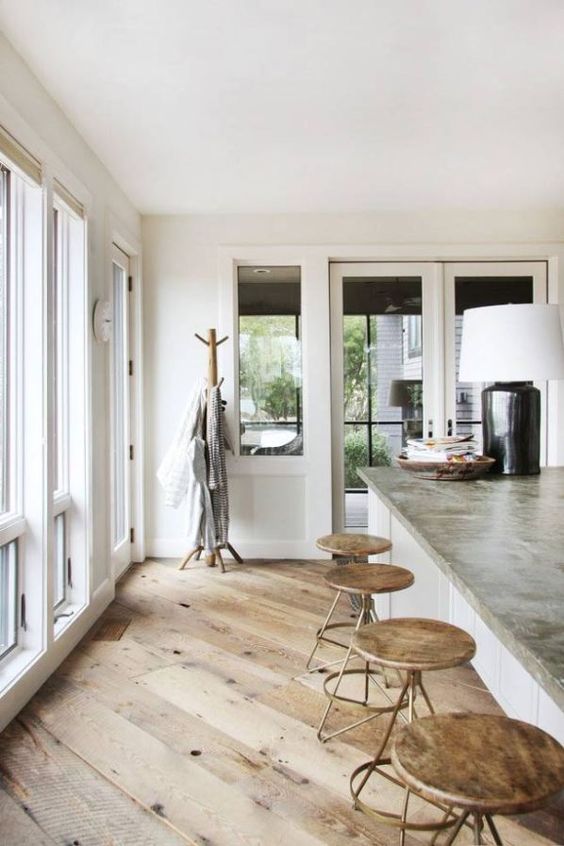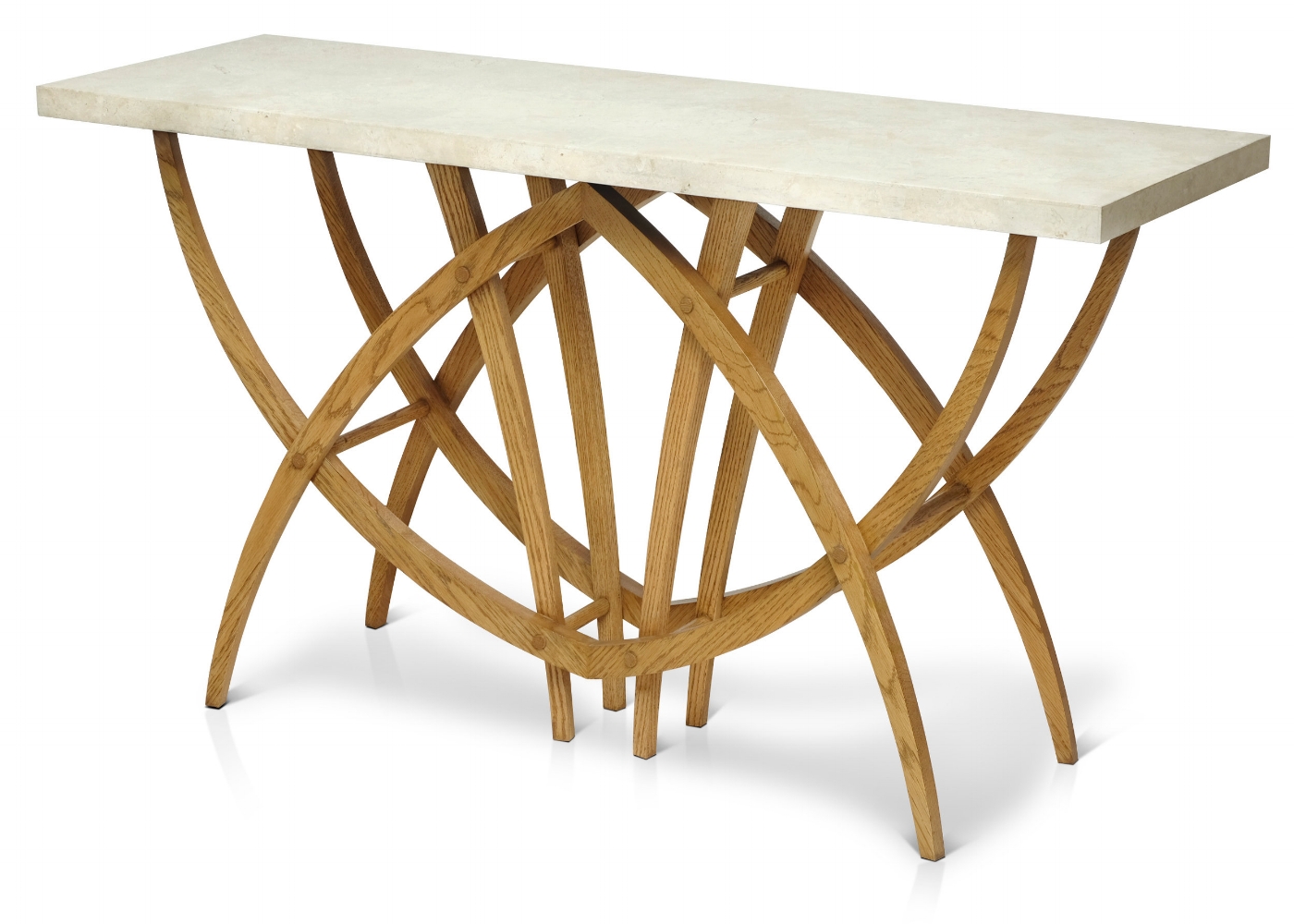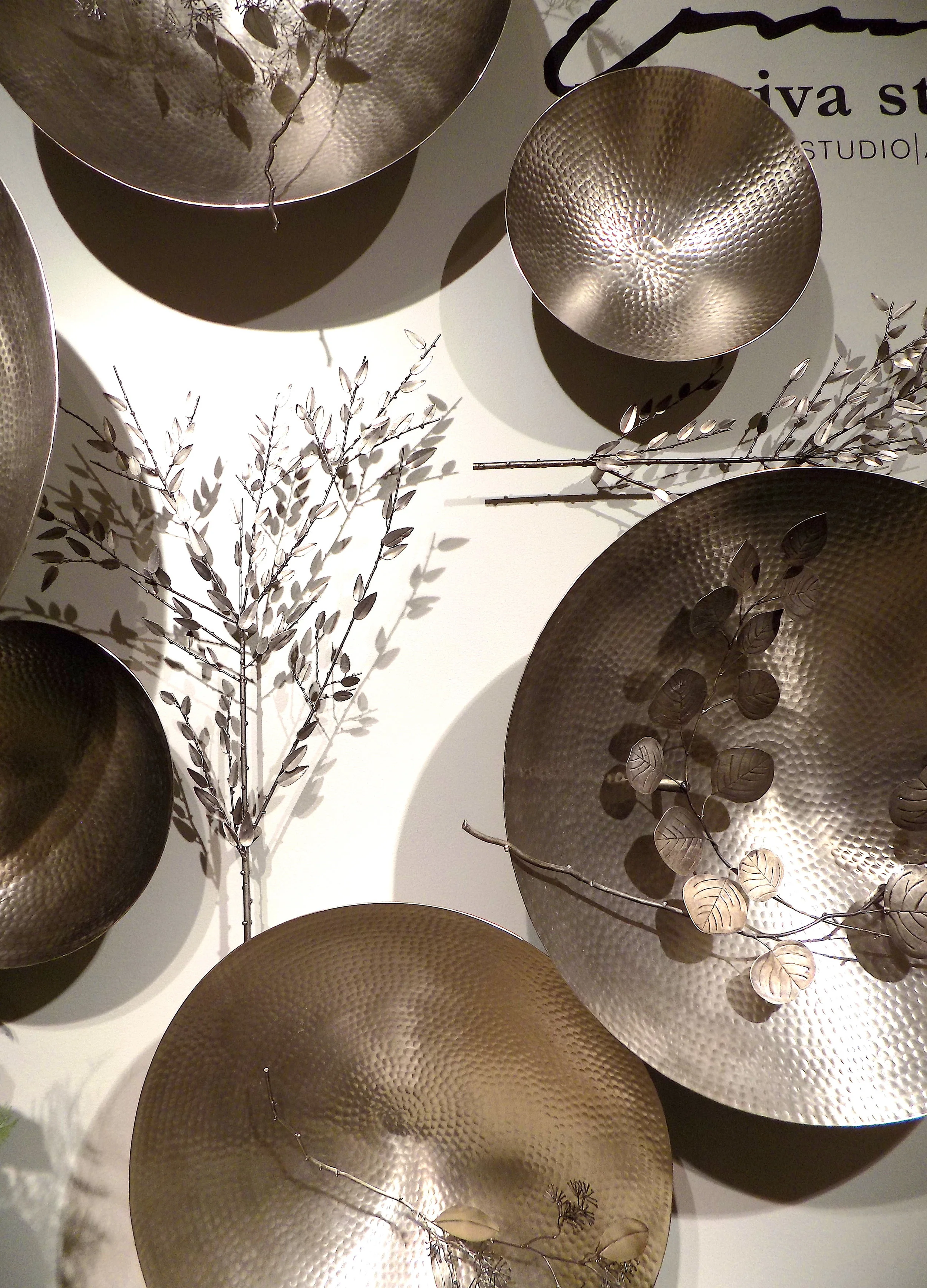Tricks to Transition - Day 2 - Minimalist Moves
While the "trend to blend" abounds, in some settings, we're seeing a more quiet and “storied” manner about the style, that speaks volumes.
Transitional design doesn’t have to itself be limited to a defined style or time period, though it is the platform for blending old (often neoclassic) with new (contemporary or modern). Transitional design can “transition” other genres, or simply, place unexpected elements of one into the ground of another. Take for example, vintage Hollywood glam and mixes of art deco.
In a minimalist environment, keeping fluidity and movement is key, and without going too stark. A minimalist space that’s toned all white or gray, or is shiny and sleek, can benefit from some nouveau touches. A great way to accomplish this?
Texture.
Texture supports the overall design environment, and maintains a connection by introducing a fresh, incorporative edge. From lighting to surfaces, texture brings an artisanal quality, that prevent spaces from becoming static.
Chandelier by Dira. Photo credit: The Design Daily
Paris Iron Garden Bench, cast and wrought iron, late 1800's. Photo credit: Louis and Lavender
Some of the best textures are traveled. Story lends an intriguing element of connection. Be it a blanket from Mali, a bowl from Morocco, or even a local flea market find, go for what’s globally inspired. Nature additionally, provides some of our greatest textural cues. Consider naturals such as stone, agate, wood (even those which are implied), and fibers (see our Au Naturel post for more ideas).
Left: Design by Lisa Sherry Interieurs. Right: Agate Console Table from Scarborough House
From flooring to artistic objects, surfaces are a fundamental and flexible means for adding subtle interest, while keeping the eye moving.






